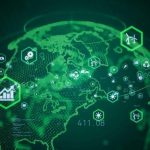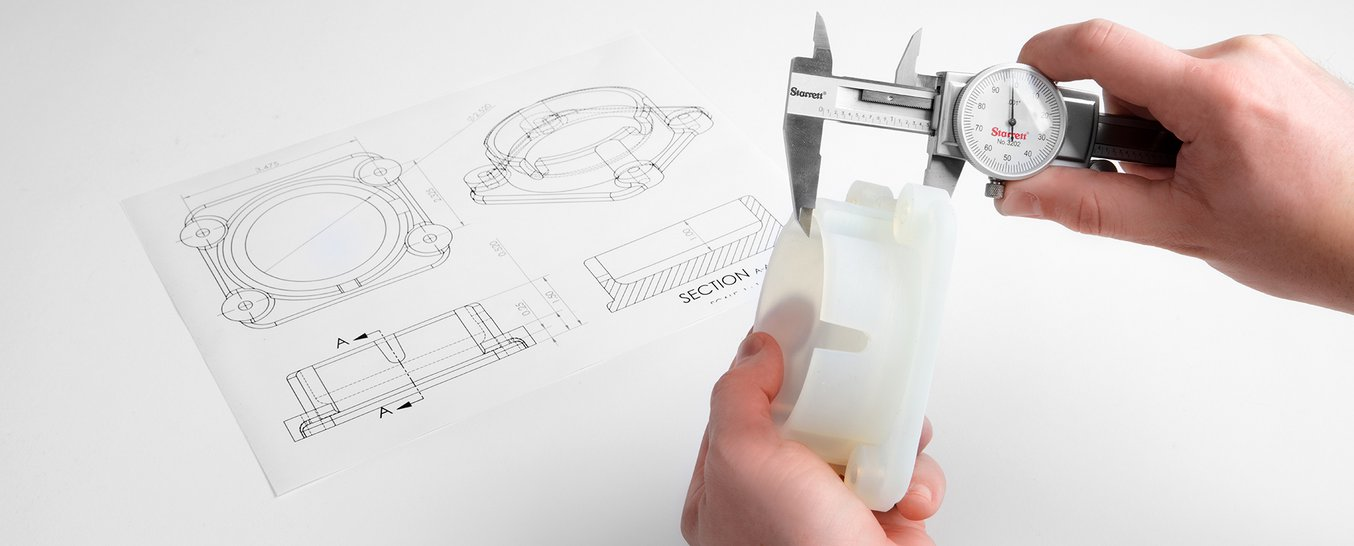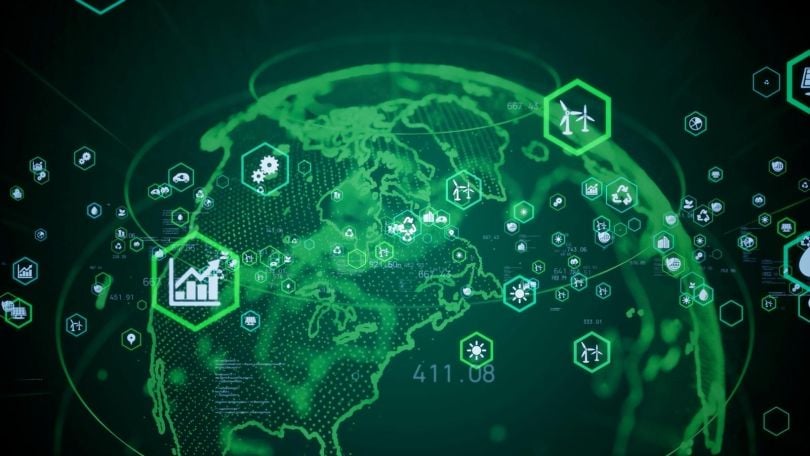In recent years 3D printing has revolutionized various industries allowing for the creation of intricate and customized objects. However one critical aspect that remains a challenge for many is achieving high accuracy in 3D prints. Accuracy is crucial when it comes to creating functional parts prototypes or intricate designs. In this article we will explore various techniques and considerations that can help you achieve remarkable 3D print accuracy.
Choosing the Right 3D Printer
The first step towards achieving accurate prints is selecting the right 3D printer. Different printers come with varying degrees of accuracy so it is essential to understand the capabilities of the printer you intend to use. Factors such as print resolution precision of the movement system and build volume should be considered when making your choice.
Calibration and Maintenance
Calibration is a vital step in ensuring accurate 3D prints. Regularly calibrating your printer’s hardware including the extruder bed leveling and axis movement is crucial. This process involves fine-tuning various parameters to eliminate any inaccuracies caused by mechanical inconsistencies. Additionally regular maintenance of the printer, such as cleaning and lubrication helps maintain its accuracy over time.
Filament Selection
Choosing the right filament for your specific application is crucial for achieving accurate 3D prints. Filament materials can have varying thermal properties, shrinkage rates, and flow characteristics. Understanding these properties and selecting the appropriate filament can significantly impact the final print accuracy. Experimentation and testing with different filaments can help identify the optimal choice for your specific needs.
Print Settings Optimization
Fine-tuning your print settings plays a significant role in achieving high accuracy. Factors such as layer height, print speed, temperature, and infill density all impact the final print quality. Balancing these settings based on the complexity of the design and desired accuracy is essential. Optimizing these parameters may require experimentation and adjustment to achieve the desired results.
Print Bed Preparation
Ensuring proper adhesion and stability of the print on the bed is essential for accurate prints. Adequate bed leveling and surface preparation, such as using adhesives or heated beds, can help prevent warping and improve print accuracy. Experimenting with different bed adhesion techniques can help identify the most effective approach for your printer and filament combination.
Support Structures
For complex designs or overhangs, support structures are often necessary. These structures provide stability during the printing process, preventing deformations and maintaining accuracy. However, removing support structures can be challenging without leaving visible marks or damaging the print. Careful consideration of the support placement and using software features that optimize their generation can help minimize the impact on print accuracy.
Design Considerations
The design of the model itself can significantly influence print accuracy. Incorporating features such as chamfers, fillets, and proper tolerances can enhance the overall print quality. Avoiding overhangs or designing supports into the model can also improve the accuracy of the final print. Taking these design considerations into account can result in more precise and successful prints.
Post-Processing Techniques
After the print is complete post processing techniques can further enhance the accuracy and appearance of the object. Processes such as sanding smoothing and painting can help eliminate imperfections and create a more polished final product. However, it is essential to exercise caution during post processing to ensure the dimensional accuracy of the print is not compromised.
Iterative Process and Learning from Failures
Achieving high accuracy in 3D printing often involves an iterative process of trial and error. Learning from failed prints and understanding the root causes of inaccuracies can guide improvements in print settings, design modifications, or calibration techniques. Embracing the learning process and continuously refining your approach is crucial for achieving exceptional accuracy.
Advanced Techniques: Resin 3D Printing
While the previous points focused on filament-based 3D printing, it’s worth mentioning the accuracy potential of resin-based 3D printing. Resin printers, such as Digital Light Processing (DLP) and Stereolithography (SLA), offer incredible precision and detail due to their curing process.
Resin 3D printers use a liquid photopolymer resin that hardens when exposed to light. The layer-by-layer curing process allows for extremely fine details and intricate designs. To maximize accuracy in resin printing, consider the following:
Layer Thickness: Adjusting the layer thickness or Z-axis resolution allows for finer control over the print’s accuracy. Smaller layer heights result in smoother surfaces and more precise details, but they increase print time.
Exposure Time: Determining the optimal exposure time for each layer is crucial. Underexposure can lead to insufficient curing, resulting in inaccuracies, while overexposure can cause the resin to overture, affecting dimensional accuracy.
Support Structures: Just like filament-based printing, resin printing often requires support structures for overhangs and complex geometries. However, resin supports may leave small marks or blemishes on the print’s surface. Minimize their impact by carefully placing supports and utilizing software features that generate lightweight and easy-to-remove supports.
Cleaning and Curing: After printing, the resin object requires post-processing steps, including cleaning and curing. Cleaning removes excess resin, while curing ensures the final part reaches its maximum strength. Proper cleaning and curing processes help maintain dimensional accuracy and surface quality.
Quality Control and Testing
To ensure consistent accuracy in your 3D prints, implement a quality control process. Regularly inspect your prints for any signs of distortion, warping, or dimensional discrepancies. Use calipers, measuring tools, or 3D scanning devices to compare the physical print to the intended design.
Consider printing benchmark models or test objects specifically designed to assess dimensional accuracy, surface finish, and overall quality. These test prints can help identify any issues in your printing process and guide necessary adjustments.
Future Trends and Technologies
As technology continues to evolve, new advancements are constantly emerging in the field of 3D printing that further enhance print accuracy. Here are some notable trends and technologies to keep an eye on:
Multi-Material Printing: Traditional 3D printers often rely on a single material for printing. However, emerging technologies are enabling multi-material printing, allowing for the creation of complex objects with different properties and colors. This advancement opens up new possibilities for achieving highly accurate and functional prints.
Closed-Loop Systems: Closed-loop systems utilize sensors and feedback mechanisms to continuously monitor and adjust various parameters during the printing process. This real-time control enhances accuracy by compensating for any deviations or inconsistencies that may occur, resulting in more precise prints.
Improved Software Algorithms: The software used in 3D printing plays a crucial role in achieving accurate prints. Ongoing developments in slicing algorithms support generation, and mesh repair techniques are enhancing the overall accuracy of 3D prints. These advancements aim to optimize the printing process and minimize errors.
High Resolution Imaging and Scanning: High resolution imaging and scanning technologies allow for precise capture and replication of real world objects. By accurately scanning and digitizing physical objects, the resulting 3D models can be printed with exceptional accuracy.
Metrology and Quality Assurance: Metrology the science of measurement is increasingly being applied to 3D printing to ensure accuracy and quality. Techniques such as laser scanning coordinate measuring machines (CMM) and optical inspection systems help validate the dimensional accuracy of printed objects and identify any deviations from the intended design.
Industrial Applications of High-Accuracy 3D Printing
The pursuit of high accuracy in 3D printing is not limited to hobbyists or enthusiasts. Industries such as aerospace automotive healthcare and manufacturing are increasingly adopting 3D printing technologies for production grade applications. In these sectors accurate 3D printing is essential for creating functional prototypes customized parts and even end use products.
For example in aerospace and automotive industries where precision and performance are critical 3D printing allows for the production of lightweight components with intricate geometries and tight tolerances. In the medical field high accuracy 3D printing enables the creation of patient specific implants and prosthetics that precisely fit the individual’s anatomy.
SelfCAD: Empowering Innovators in the Realm of 3D Printing
SelfCAD is a cutting-edge 3D CAD software that revolutionizes the world of innovation and empowers creators to unleash their full potential. With a comprehensive suite of features, SelfCAD offers a user-friendly interface, making it accessible to both beginners and experts. Its powerful modeling tools enable precise design creation, while its advanced slicing capabilities ensure optimal print results. SelfCAD also provides a built-in library of ready-to-print models, saving time and effort. Moreover, its cloud-based platform allows seamless collaboration and easy access to projects from anywhere. By combining innovation, accessibility, and collaboration, SelfCAD truly empowers innovators in the realm of 3D printing, pushing the boundaries of creativity and transforming ideas into tangible reality.
Conclusion
In conclusion achieving high accuracy in 3D printing requires careful consideration of various factors such as printer selection calibration filament choice print settings optimization and design considerations. Additionally utilizing advanced techniques like resin printing implementing quality control processes and staying updated with emerging technologies is essential for exceptional accuracy. By embracing the iterative nature of 3D printing learning from failures and engaging with the 3D printing community, one can unlock the full potential of print accuracy. With continuous advancements in technology and the adoption of high accuracy 3D printing in industrial applications the future holds even greater potential for precise and innovative creations.










